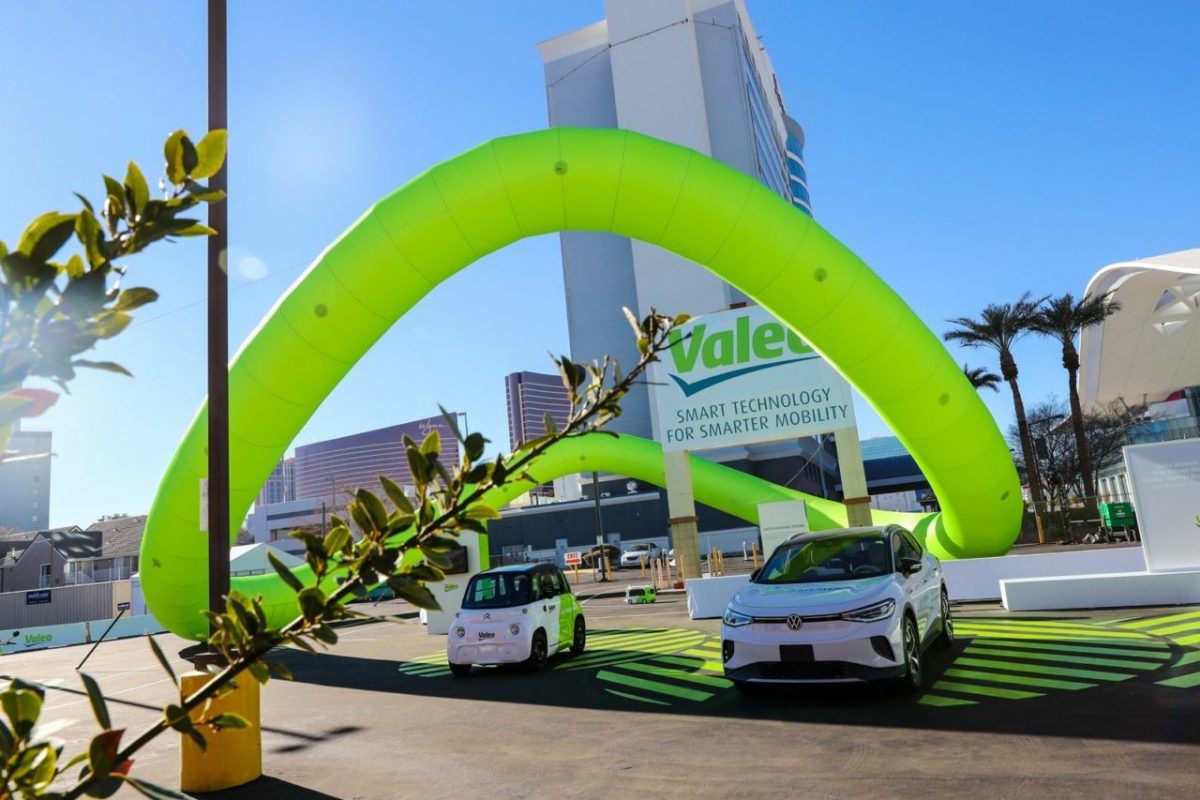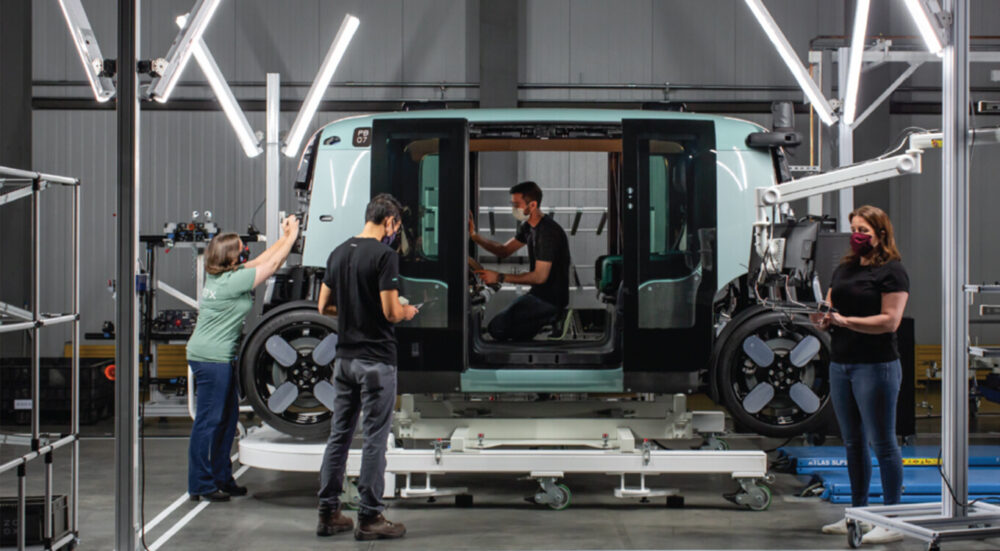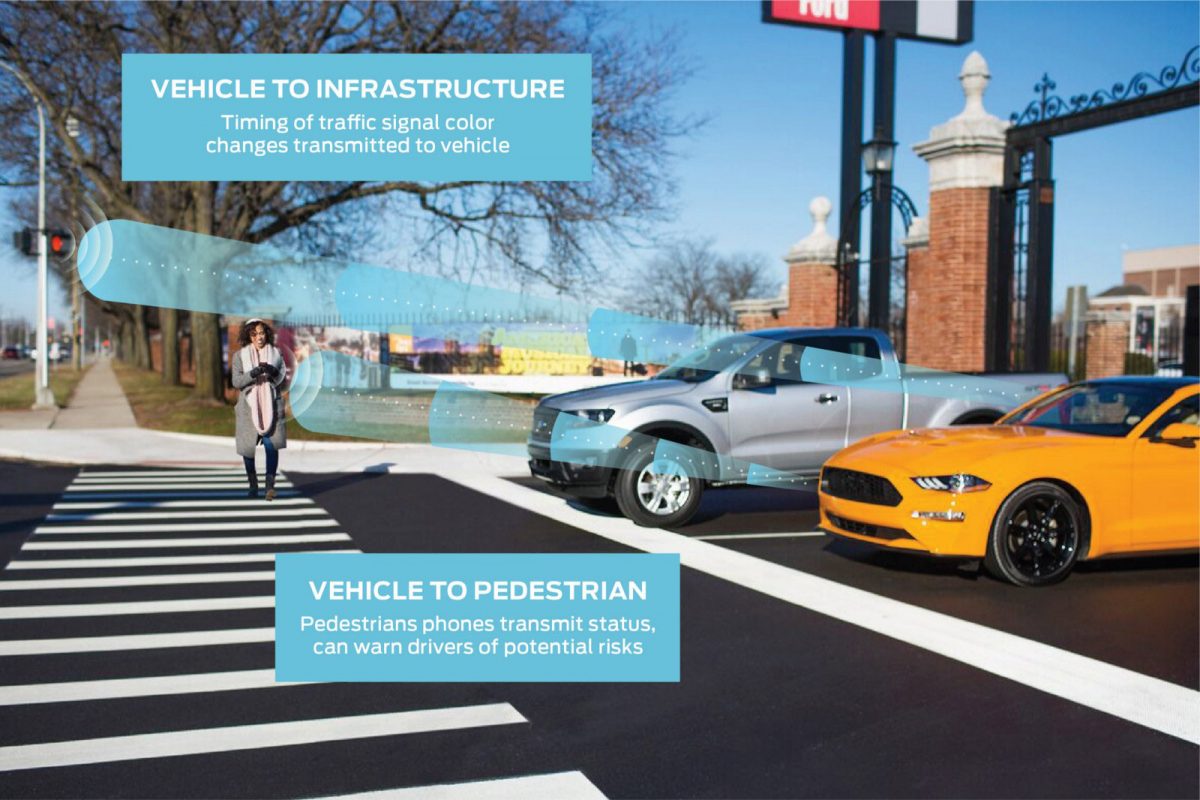Where have all the geniuses gone? That’s a question I sometimes ask executives in the automotive industry in reference to a famous Einstein quote. The German physicist once said: “The definition of genius is taking the complex and making it simple.” That’s exactly the challenge carmakers are facing today and E/E architectures deserve particular attention when it comes to reducing complexity.
Most stakeholders will have heard that cars are becoming “smartphones on wheels” by now. There’s no question that software is taking over in the car, and it enables new digital services and new experiences for users. Many of the big industry trends, such as autonomous driving, over-the-air-updates or car-to-x communication, wouldn’t be possible without software. For many industry experts, software-defined vehicles are the future.
Yet, there is a catch to this. Many of the advanced capabilities of today’s cars, and even more so tomorrow’s, rely on electrical wiring and electronic components to function. These need to be controlled. Today, a vehicle may have up to 150 individual electronic control units (ECUs) which are responsible for different domains such as the infotainment system or the drivetrain. The problem is that they usually run as 150 independent systems with independent functions and on different network protocols. The hardware—a sensor, for example—the controls unit and the software analysing the data are inseparably connected.
The standardisation of E/E architectures across the entire fleet creates economies of scale and a similar user experience for all models of a brand, from small commuter cars to larger premium vehicles
In short, these systems work fine as independent units, but when they need to communicate with each other, distributed architectures become too complex.
Why E/E architectures need to change
With new autonomous functions and digital services being introduced to newer car models, it is essential that the different domains of a car communicate with each other quickly and reliably. Today’s distributed architectures hinder such innovation. Therefore, many car companies have started to rely on functional domain controller architectures. In such architectures, fewer ECUs are handling different functions. This ultimately leads to hardware and software being separated from each other. The big advantage is that such hardware abstraction allows the development of complex functions with limited direct hardware dependencies.
Many automakers are already implementing domain centralised architectures on their latest models. The industry can expect to start seeing a proliferation across segments over the coming model years and beyond.
Are zonal architectures the ultimate game-changer?
Are domain centralised architectures the best of all potential options? Many automakers are currently working towards reducing the number of ECUs even further. One concept, which looks particularly promising, are zonal architectures that are based on one centralised high-performance computing unit or a central car server. In such architectures, a vehicle is divided into different zones according to its physical layout. Every zone is controlled by one powerful computing unit which aggregates all data from the hardware in these zones and decides which information needs to go to the centralised unit and which can be processed locally. This local control unit is also called the zonal gateway.
A zonal architecture has far-reaching consequences for hardware and software development. First, standardisation and interfaces become more important. This not only refers to how the E/E architecture within a vehicle is laid out, but it also means that OEMs are increasingly seeking to maximise common architecture elements across different model variants from base to premium vehicles. In a software-defined car, the differentiating features of different models no longer come from the electrical components but from the software behind them. With modern E/E architectures, the industry will see the evolution of car operating systems which are very similar to the operating systems we know from smartphones.

Second, zonal architectures require new methods of communication between the components as well as between the zonal controllers and the central car server. For use cases such as autonomous driving or vehicle-to-everything communication, large amounts of information need to be transmitted with very low latency. Instead of CAN busses, automakers will increasingly transition to Ethernet-based solutions to enable a vehicle software architecture.
Third, modern E/E architectures create new opportunities for suppliers and ecosystem partners. Less complex architectures are indeed very good news for them. With common interfaces and more standardised E/E architectures across different vehicle models, it is easier for suppliers to offer complete technological solutions which can be integrated into the existing architecture instead of delivering single components only. In the future, automakers can buy technology ‘blocks’ from their suppliers, and they can easily integrate solutions from different providers into the vehicle architecture.
However, one should not forget that new E/E architectures and the evolution towards software-defined vehicles also create new security challenges. Therefore, automakers and their embedded software electronics suppliers must develop new competencies in high quality, safety critical, secure software development at scale to achieve this.
What’s the prize?
Many premium manufactures have already made the shift towards less complex and more centralised E/E architectures. Most large automakers are now standardising these architectures across all their brands and vehicle models. Apart from less complexity, there are many other advantages that come with this shift.
The more standardised E/E architectures are, the easier and the more efficient the car assembly process becomes. This allows automakers to produce different models at the same assembly line in less time
First, there are the obvious advantages. Most importantly, new software-enabled functions and services can be brought to cars much faster. The standardisation of E/E architectures across the entire fleet creates economies of scale and a similar user experience for all models of a brand, from small commuter cars to larger premium vehicles. In addition, modern E/E architectures make it easier to update software frequently over the complete lifecycle of a car. This allows OEMs to sell base vehicle configurations to consumers, and then allow them to buy upgraded options through over-the-air updates later. This opens new ways of monetising modern technology and car data for OEMs. For example, certain functions such as assisted driving can be offered in a subscription-based model only when the car user needs it.
Second, there are some less obvious but still very relevant advantages. Less complex E/E architectures lead to lower costs as fewer hardware components and less wiring is needed. In addition, the more standardised E/E architectures are, the easier and the more efficient the car assembly process becomes. This allows automakers to produce different models at the same assembly line in less time. Moreover, the timelines for developing new products are being shortened as modern E/E architectures are standardised and, thanks to domain controllers or central car servers, become much more flexible.
All in all, less complex E/E architectures are going to be an important enabler of more innovative car functions and new data-driven services. Developers are looking to create simpler architectures that are superior in performance to today’s complex systems based on a large number of ECUs. This is an important step towards software-defined vehicles, and it’s a door opener for completely new revenue models for OEMs, suppliers and ecosystem partners. It doesn’t take a genius to understand that.
The opinions expressed here are those of the author and do not necessarily reflect the positions of Automotive World Ltd.
Brian Irwin is Managing Director, North America Automotive Lead at Accenture
The Automotive World Comment column is open to automotive industry decision makers and influencers. If you would like to contribute a Comment article, please contact editorial@automotiveworld.com



